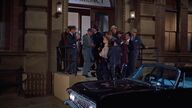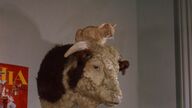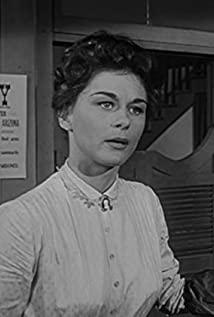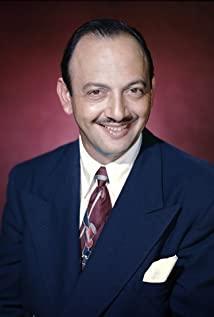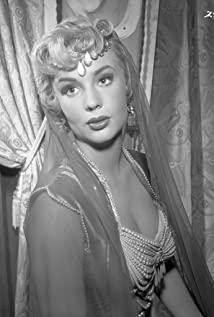The two women, Audrey Hepburn and Holly Golightly, are like Beijing and Seattle, halfway across the world. When one is day, the other is always night. Just as the day cannot understand the darkness of the night, Hepburn is probably also difficult to understand the inner world of Miss Holly. But since Beijing and Seattle can meet in the movie, it is not unusual for Hepburn to meet Holly.
When Hepburn walked to Tiffany's door in a Givenchy little black dress, pulled out a croissant and coffee, and began to enjoy diamonds and breakfast, she met Miss Holly. The text of the novel is once again rewritten by Hollywood's stylized narrative in this encounter. Since then, Holly Golightly in people's hearts has been inseparable from the elegant and noble, yet lovely and playful Hepburn.
The film adaptation of the original is like adding milk and sugar to black coffee. Milk is a stark theme. Sugar is the element of comedy. What we're seeing is yet another full-scale transformation of the literary text by Hollywood's stereotyped narrative. A slightly sad memory turned into a love journey of mutual redemption. A life experience that didn't end well turned into a romantic comedy with a bumpy and difficult but happy ending. Capote's Holly never looked back for her cat. She was always like a "wild thing", living in no fixed place, living everywhere, and never "belonging" to anyone. And Hepburn in the movie finally chose to return to the arms of the writer. She holds the poor cat, and the writer holds her delicate. They cuddled happily in the rain. Holly in the movie finally admitted that "people love each other, people belong to each other, and this is the only chance for happiness." So she chose family and a happy and beautiful life. This beautiful picture in the rain actually constitutes a denial of the value of Holly's previous attitude towards life. The film has become a classic with such an adaptation that conforms to the mainstream value orientation of society. And fewer and fewer people still remember the stubborn and innocent Holly Golightly who always exiled herself in the original novel.
At the beginning of the film, the writer Paul unfortunately becomes a little white face maintained by a rich woman, which is another successful adaptation of the film. In this way, the writer and Holly form a dramatic relationship in which souls redeem each other. We saw that Paul chose true love over true love and money. When he threw away his dirty dollars, he finally had the courage to confess to Holly. What a "correct" choice again! After some twists and turns, he turned Holly back with a Tiffany-engraved popcorn giveaway ring, a perfect Hollywood romance. The ambiguous theme of the novel, which is difficult to decipher, is thus transformed into a celebration of true love in the film.
The film adaptation was undoubtedly a success. This stylized adaptation of the theme has fascinated countless audiences with Hepburn in Givenchy's little black dress. She worships money because of her innocence, because of her frankness and sincerity, and because she never hides her desire for a better life. She shows mercy because of her inexhaustible love for life, because she never hides her emotions in a pretentious way, and because she was born a "wild thing". No matter what role Hepburn plays, she will always be the noble princess in a white dress running in the city of Rome. And what about Holly Golightly? What about the girl in Capote's pen who eventually disappeared? She had long since disappeared from Hepburn's elegant smile.
Hepburn is an angel who sometimes exudes the nobility of a princess and sometimes the kindness of the girl next door. What about Holly? She is a hateful and lovely girl. No one can refuse to like such a girl, but also no one can fall in love with her. For her, being loved is the same as being kept in a cage. She is a "wild thing" belonging to nature, and she cannot be confined to the love that belongs to each other. Therefore, she is a character who can only live in a novel. She is a symbolic existence who is passionate about the infinite possibilities of life, a symbolic existence that is unwilling to admit that "life is just like that" and retains the original curiosity and innocence of life. Because of this, she cannot be accepted by the mainstream of Hollywood. She is out of tune with this creative system that caters to audience psychology and mainstream social values.
In fact, we are even more thankful for this misfit. It is this incompatibility that made Audrey Hepburn and Holly Golightly meet, and deduced a film history classic that is even more unforgettable although it does not match the spirit of the original. When Hepburn was sitting in the fireproof house with a guitar and singing Moon River, who could not want such a girl to have a beautiful ending like a fairy tale.
View more about Breakfast at Tiffany's reviews




